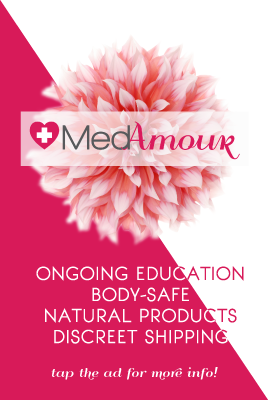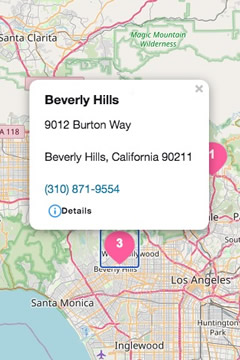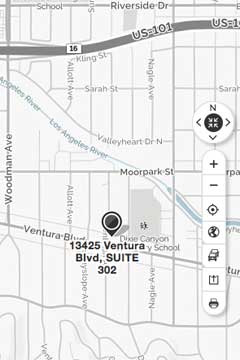Asking Yourself "Why do my testicles hurt?" Read On For Answers.
When I talk to friends and family about pelvic floor physical therapy, many think I only treat women.
Pelvic floor muscles are found in everyone! The male population can also suffer from pain or dysfunction in the pelvic region.
Have you ever asked yourself:
- "Why does my penis hurt?"
- "Why do my testicles hurt?"
- "Why is it hard to start my flow of urine?"
- "Why do I have to pee all the time?"
We'll start answering those questions. Some diagnoses include chronic testicular pain, groin pain, chronic prostatitis/chronic pelvic pain syndrome, and pelvic floor dysfunction. In today’s blog, we will be focusing on chronic testicle pain or pain in the testes, also known as, chronic orchialgia.
Chronic testicular pain or pain in one or both testicles is described as testicular pain lasting for 3 months or more and can be intermittent or constant in nature. Currently, it is affecting 100,000 men/year in the United States and make up 2.5-5% of urology visits. Now that there is increased awareness of this condition, more patients and their clinicians are openly having discussions about this complex problem.1
Etiology:
The underlying cause is often considered idiopathic (meaning cannot be attributed to any specific identifiable cause); however, possible theories/causes include:
- Spermatoceles
- Varicoceles
- Infection
- Tumors
- Fibrosis
- Trauma
- Intermittent torsion
- Low back strain
- Pelvic floor dysfunction* “Pelvic floor pain or muscular weakness may play a role in chronic orchialgia in some men. In one study, 93% of 41 men with chronic idiopathic orchialgia had at least one symptom of pelvic floor dysfunction and 88% of these demonstrated increased pelvic floor muscle tension on electromyographic testing”.1
- Post-vasectomy pain syndrome
- Nerve entrapment following hernia surgery
- Interstitial cystitis
Painful testes can also be associated with chronic pelvic pain syndrome (CPPS), which is discussed in a previous blog post here. Approximately 50% of men with CPPS, chronic prostatitis or male pelvic pain will also say they have chronic orchialgia.
Why do My Testicles Hurt? Here are Some Symptoms:
- Testicle pain for ≥ 3 months
- May have pain involving epididymis, vas deferens, or nearby paratesticular structures
- Unilateral or bilateral
- Constant or intermittent2
- A 2013 literature review found that in various case studies the common pain descriptors for chronic orchialgia included: sharp, shooting, burning, stabbing, with radiation, dull, or achy3 testicle pain.
- Significantly affecting quality of life
Evaluation:
Dependent on the individual and physician, these are some of the things you can expect during an evaluation for chronic orchialgia:
- Urinalysis and urine culture
- Semen culture
- Testosterone and B-12 level check (~76% of chronic orchialgia patients are deficient in these)
- Scrotal ultrasonography (primary imaging and diagnostic aid)
- Abdominal-pelvic CT scan (to rule out if ureteral calculi, aneurysms or inguinal hernias are causing or are a part of the pain)1
This can be a very challenging diagnosis to evaluate, and some individuals may have to go through multiple diagnostic studies and procedures with various physicians. It has been reported that on average patient’s have experienced an average of 1.6 operative procedures and 4.7-7.2 diagnostic studies. It may take some time to find the source/cause of the chronic orchialgia and it may not even be identified, which occurs in ~25-50% of cases. Don’t be discouraged by this statistic, even if the source or cause may not be identified there are various treatment options that have shown to help individuals, although still more research is needed on treating testicle pain.
Treatment:
In a research paper, the authors discuss the importance of a multi-disciplinary approach to care when treating/managing testicle pain. This team would include:
- Pain management specialists
- Psychiatry
- Pelvic floor physical therapists*
- Primary care physician
- Urologist
It is recommended that conservative therapy be tried prior to invasive/irreversible surgical procedures. There is no specifically established treatment guideline; however, this is what they have found from published literature:
Conservative Therapy (first-line treatment):
- Antibiotics (if suspicion of infection)
- Initial pharmacological therapy (i.e. NSAIDs, Tricyclic antidepressants, anticonvulsant)
- Trigger point dry needling
- Acupuncture
- Psychotherapy
- Pelvic floor physical therapy: about 50% have noted an improvement in their pain following 12 sessions. It has also shown to improve quality of life in this patient population.
- Spermatic cord block (diagnostic and therapeutic)
Surgical intervention (i.e. epididymectomy, microsurgical denervation of the spermatic cord [MDSC], orchiectomy [considered last resort surgical treatment])
- MDSC outcomes: a 2017 research article found that there was a 67% reduction in pain at 6 months and 68% reduction in 1 year using the PIQ-6 scale.2
- Surgical intervention is not 100% successful in resolving chronic pain, so make sure to do research and communicate with your doctor on the best approach for you.
If you or someone you know has had testicular pain for 3 months or greater, you or they may have chronic orchialgia and should consult with a primary physician or urologist to find the best treatment plan. Everyone’s path is different, and one treatment may work for one that may not work for the other. If you can't stop asking "Why do my testicles hurt?", just know that there is a team that can support you and help you through the process. At Fusion Wellness & Physical Therapy we have a group of passionate and trained pelvic floor physical therapists ready to treat you! You can make an appointment today at any of our locations.
References:
1. Leslie SW, Siref LE. Chronic Testicular Pain (Orchialgia) [Updated 2018 Dec 2]. In: StatPearls [Internet]. Treasure Island (FL): StatPearls Publishing; 2019 Jan-.
2. Chronic Testicular and Groin Pain: Pathway to Relief. (n.d.). Current Urology Reports., 18(10), Current urology reports. , 2017, Vol.18(10).
3. Quallich, S., & Arslanian-Engoren, C. (n.d.). Chronic testicular pain in adult men: An integrative literature review. Am J Mens Health, 7(5), 402-413.

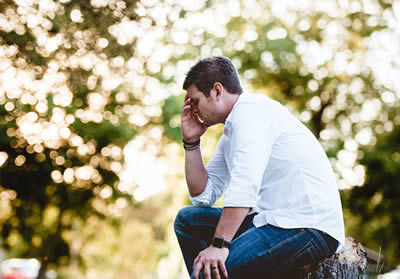
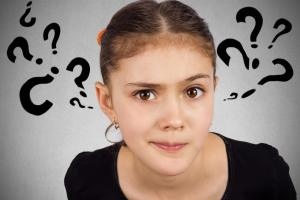
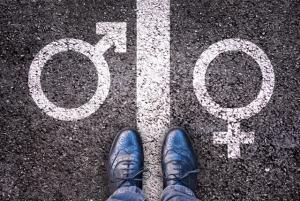
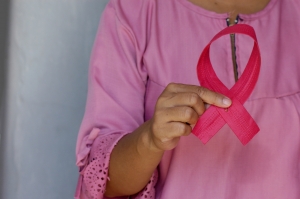
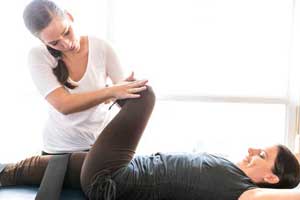
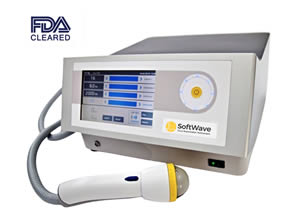



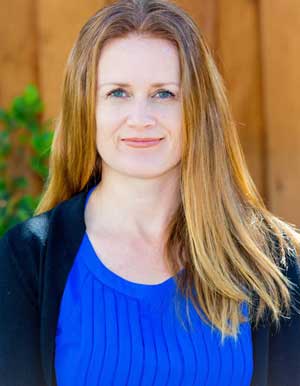
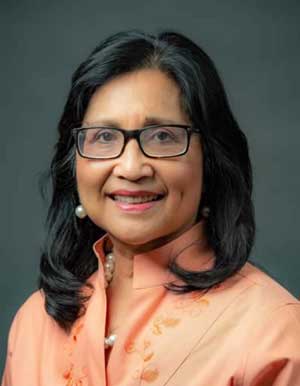




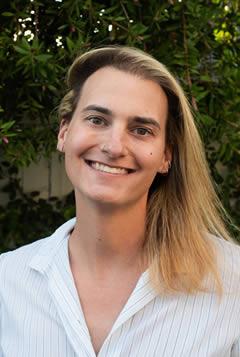






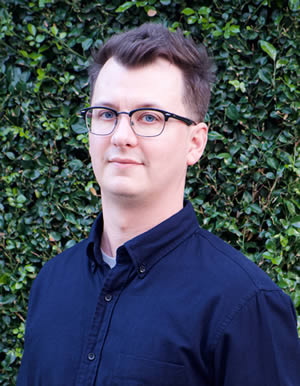
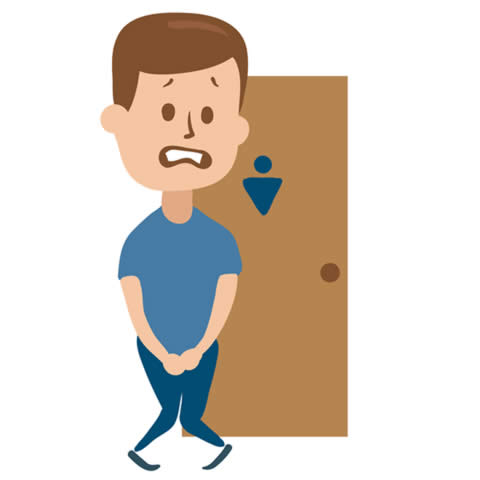
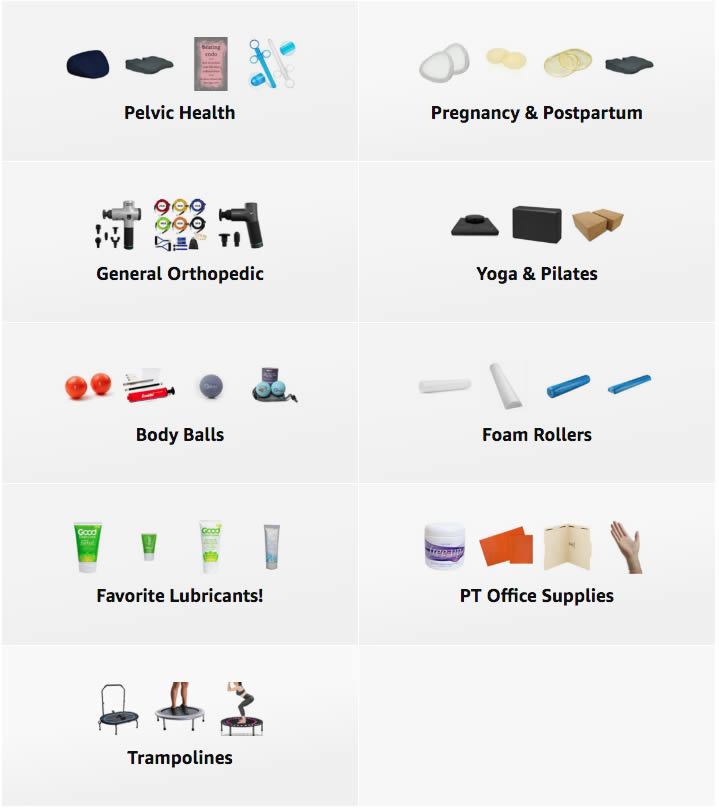 A Curated List of Excellent Items at Amazon
A Curated List of Excellent Items at Amazon
